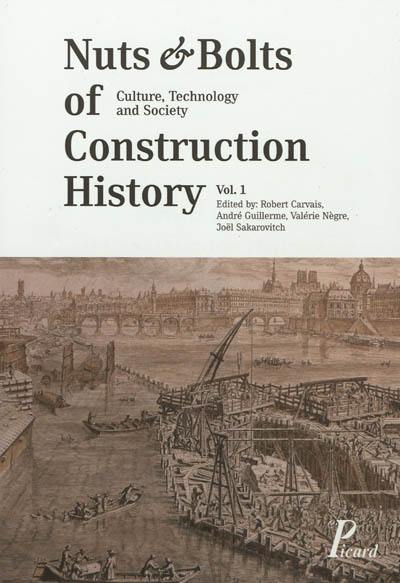
Paru le 07/07/2012 | Broché XIV-690, VI-664, VI-728 pages
Public motivé
This collection presents a state of international research in the history of construction, like a palace organized through 240 independently constituted elements. It defends a history of construction open to ail cultures, desiring to balance the engineering sciences with the humanities and social sciences. It seeks to update existing axes of research by taking into account the profound changes sweeping across our planet through the framework of sustainable development and cohabitation. Building is thus excavated by archaeologists, leafed through by archivists and construed by historians and practitioners. They are all there, men and women, both famous and forgotten : masons, carpenters, locksmiths, roofers, draftsmen, architects, engineers, contractors, developers, experts, economists and lawyers. Equally present are the forces that have shaped the constructive field : institutions that direct, companies that innovate, work forces that produce and controversies that emerge.
These essays bring to life centuries of a history built, recorded, lived and ruined according to the changing temporalities of cities and sensibilities of societies. After Madrid [2003], Cambridge [2006] and Cottbus [2009], Paris celebrates in 2012 the 4th International Congress of Construction History with this collection. The themes revolve around three pillars : knowledge, people and objects. Methods and tools are improving through the development of heritage restoration and digital technologies. New historical thematics are appearing such as energy, natural and technological risk prevention, material recycling, diffusion and transfer of knowledge in colonial situations, modem re-appropriation of old techniques, legal frameworks, economies and institutions, craftsmen's tasks, construction site organization, labor in construction, contractor responsibility and public authority involvement in building industries.
Two thousand pages in three volumes covering 12 millennia : a monumental challenge equal to a constructive venture.